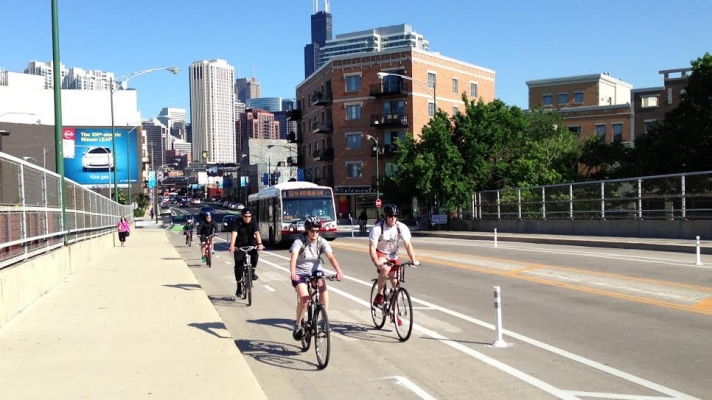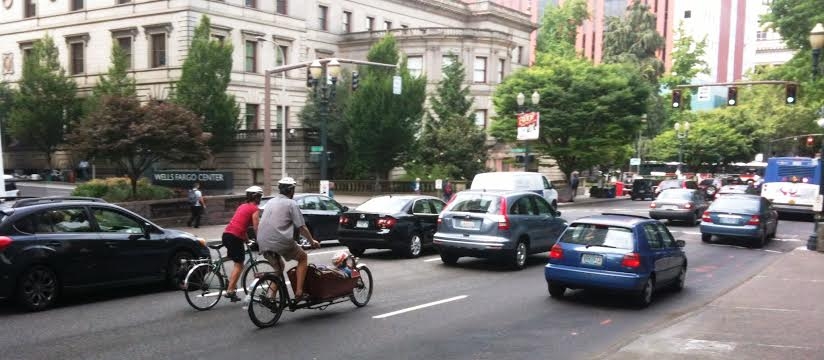Watch video
View slides
As cities move to increase levels of bicycling for transportation, many practitioners and advocates have promoted the use of protected bike lanes (also known as “cycle tracks” or “protected bikeways”) as an important component in providing high-quality urban infrastructure for cyclists. These on-street lanes provide more space and physical separation between the bike lane and motor vehicle lane compared with traditional striped bike lanes. However, few U.S. cities have direct experiences with their design and operations, in part because of the limited design guidance provided in the past. There is limited research from North America on protected bike lanes, but preliminary evidence suggests that they can both improve the level of comfort of cyclists and potentially increase the number of people cycling. This research evaluates protected bike lanes in five distinct contexts varying in population, driving and cycling rates and cultures, and weather: Austin, Texas; Chicago, Illinois; Portland, Oregon; San Francisco, California; and, Washington, District of Columbia.
These five cities participated in the inaugural “Green Lane Project” (GLP) sponsored by...
Read more

